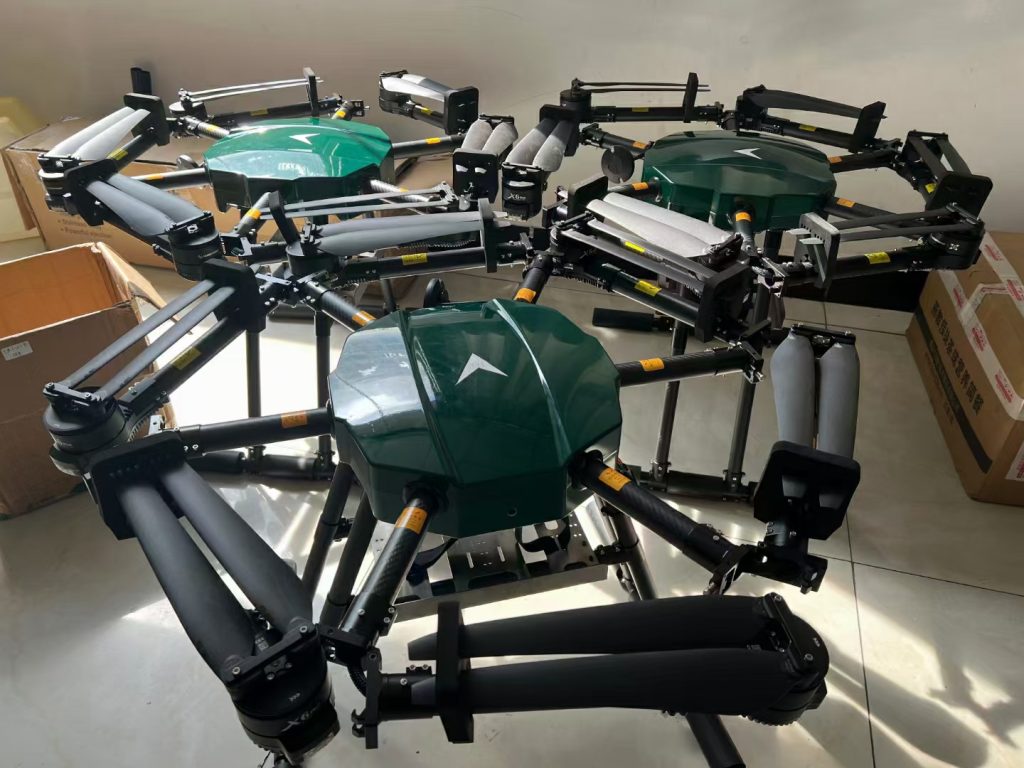
Myanmar, a nation where 70% of its population relies on agriculture for livelihoods and 38% of GDP stems from the sector, stands at a crossroads of tradition and transformation. Blessed with fertile soil, abundant waterways, and a tropical climate ideal for rice, pulses, sugarcane, and horticulture, its agricultural potential is immense. Yet, persistent challenges—labor shortages, outdated farming practices, and vulnerability to climate shocks—hinder progress. Enter agricultural drones: a leapfrog technology poised to revolutionize Myanmar’s fields. For local farmers, cooperatives, and agribusinesses, sourcing high-performance drones directly from China’s specialized manufacturers offers a tailored, scalable solution to unlock efficiency, sustainability, and growth.
Myanmar’s Agricultural Imperative: Why Drones Matter Now
Myanmar’s agricultural heartland—stretching from the Irrawaddy Delta’s rice bowls to the hilly Shan State tea plantations—faces pressing pressures:
-
Labor gaps: Urban migration and an aging farming population leave critical tasks like pesticide spraying, seedling planting, and crop monitoring understaffed, especially during peak seasons.
-
Inefficient practices: Manual spraying leads to uneven chemical distribution, wasting resources and increasing runoff into rivers like the Ayeyarwady.
-
Terrain complexity: Terraced hillsides, fragmented smallholdings (averaging 2–5 acres), and seasonal flooding demand equipment that adapts to uneven, waterlogged, or remote landscapes.
Agricultural drones directly address these gaps. By automating labor-intensive tasks and enabling data-driven decisions, they align with Myanmar’s goal to boost agricultural productivity by 50% by 2030, as outlined in its National Agricultural Development Strategy.
Chinese Agricultural Drones: Engineered for Myanmar’s Fields
China’s leadership in drone technology—forged through decades of aerospace expertise, AI integration, and agritech R&D—positions its manufacturers as ideal partners for Myanmar. Here’s how Chinese drones are tailored to local needs:
1. Climate and Terrain Resilience
Myanmar’s tropical climate—hot, humid summers with monsoon rains and dry-season heat—demands rugged equipment. Chinese factories design drones with:
-
Corrosion-resistant frames: Aluminum alloy bodies and sealed motors withstand prolonged exposure to moisture, ensuring longevity in delta regions and rainy highlands.
-
All-terrain agility: Multi-rotor designs with obstacle-avoidance sensors navigate flooded paddy fields, steep tea terraces, and densely planted sugarcane rows without tipping or crop damage.
-
Heat-tolerant components: Batteries and circuitry optimized for 40°C+ temperatures prevent overheating during midday operations, common in Myanmar’s dry season.
2. Precision Technology for Productivity and Sustainability
Myanmar’s farmers need tools that boost yields and protect resources. Chinese drones deliver:
-
Efficient spraying: High-capacity tanks (10–20 liters) and atomized nozzles reduce water use by 40–60% compared to manual methods, critical for water-stressed regions like Bago Region. Variable-rate spraying adjusts output based on crop density, minimizing chemical waste—a boon for organic rice and fruit growers targeting export markets.
-
Real-time crop monitoring: Multispectral cameras capture data on leaf health, soil moisture, and pest infestations, generating actionable insights via AI platforms. For tea plantations in Shan State, this means early detection of blight, reducing crop loss by up to 30%.
-
Seeding and fertilization accuracy: GPS-guided drones plant seeds or distribute fertilizer with centimeter-level precision, ideal for restoring degraded land in Magway Region or optimizing smallholder plots.
3. Affordability and Local Adaptation
Recognizing Myanmar’s diverse farm sizes, Chinese manufacturers offer modular solutions:
-
Entry-level models: Compact, cost-effective drones for smallholders (under 5 acres) enable affordable access to precision tech, bridging the gap between subsistence and commercial farming.
-
Fleet options: Larger, multi-drone systems with centralized control software suit cooperatives or agribusinesses managing hundreds of acres, streamlining operations and reducing training burdens.
Beyond Hardware: A Partnership for Growth
Sourcing from China is about more than technology—it’s about building capacity. Leading manufacturers provide:
-
Localized training: On-farm workshops teach pilots to operate drones, analyze data, and perform basic maintenance. In pilot programs with Myanmar’s Ministry of Agriculture, this has cut downtime by 50% and accelerated adoption.
-
Responsive support: Regional service partners in Yangon and Mandalay ensure spare parts are available within 48 hours, critical during monsoon season when delays risk harvests.
-
Scalable solutions: From single drones for family farms to integrated fleets for large plantations, manufacturers adapt to Myanmar’s unique agricultural mosaic—supporting both rice farmers in the delta and cardamom growers in Chin State’s highlands.
Mutual Benefits: Strengthening Myanmar’s Food System
For Myanmar, adopting Chinese agricultural drones unlocks:
-
Higher incomes: Reduced labor costs and increased yields (by 15–25% in trials) lift smallholder earnings, empowering rural communities.
-
Environmental gains: Precision spraying lowers chemical runoff, protecting rivers and biodiversity—aligning with Myanmar’s commitment to sustainable agriculture under the Paris Agreement.
-
Resilience to climate shocks: Faster, targeted interventions (e.g., post-flood crop recovery) help farmers adapt to increasingly erratic weather patterns.
For Chinese manufacturers, Myanmar offers a chance to refine technology for diverse, challenging environments—driving innovation that benefits global agriculture.
Cultivating the Future, Together
Myanmar’s agricultural potential is as vast as its paddy fields. By sourcing drones from China’s specialized factories, the nation gains more than tools—it gains a partner in building a smarter, more resilient food system. These drones are not just machines; they are enablers of progress, helping farmers work smarter, earn more, and safeguard their land for generations.
As Myanmar strides toward agricultural modernization, Chinese agricultural drones are ready to fly alongside—turning challenges into harvests, and tradition into transformation.
Let’s grow Myanmar’s future, one precise flight at a time.
THE END

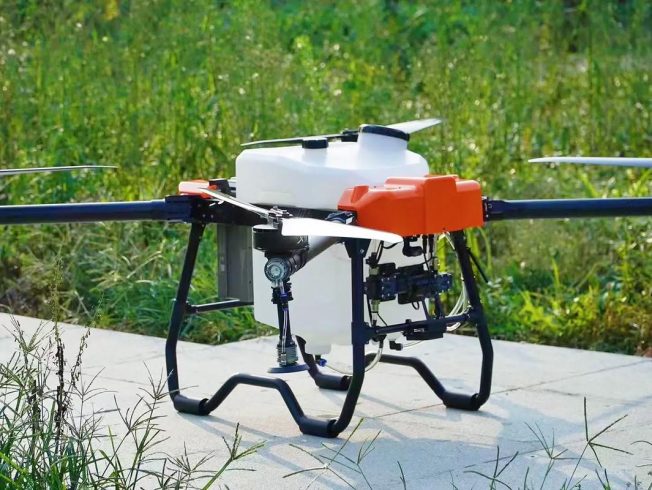
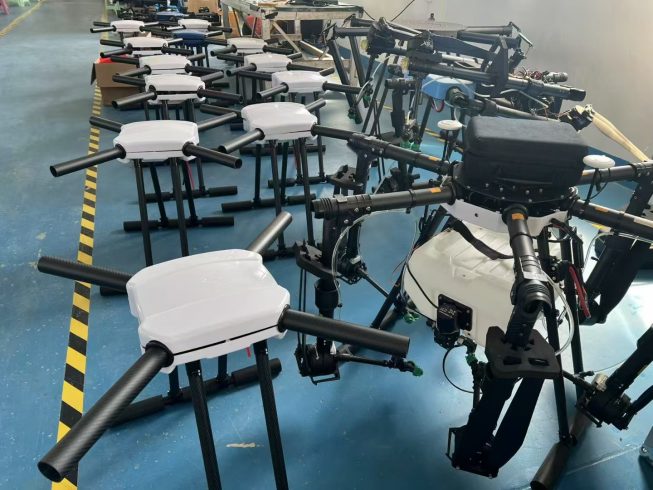
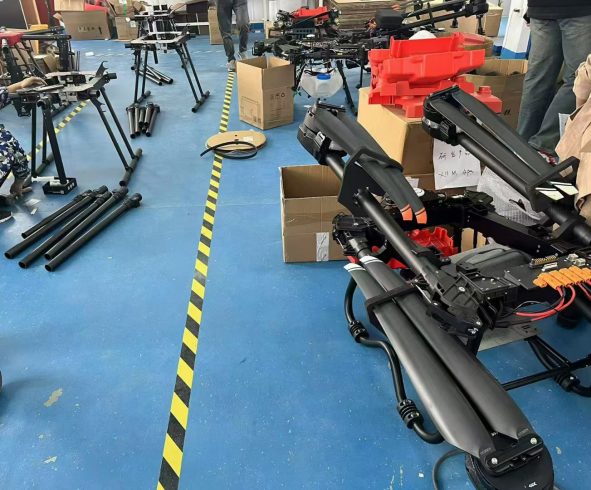
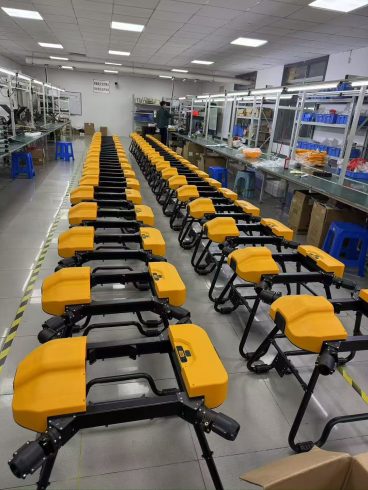



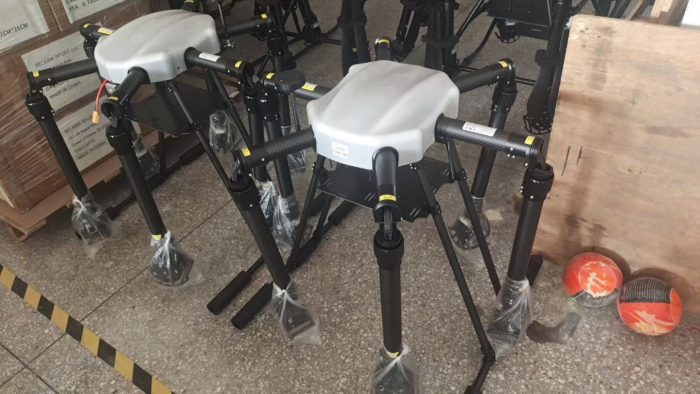
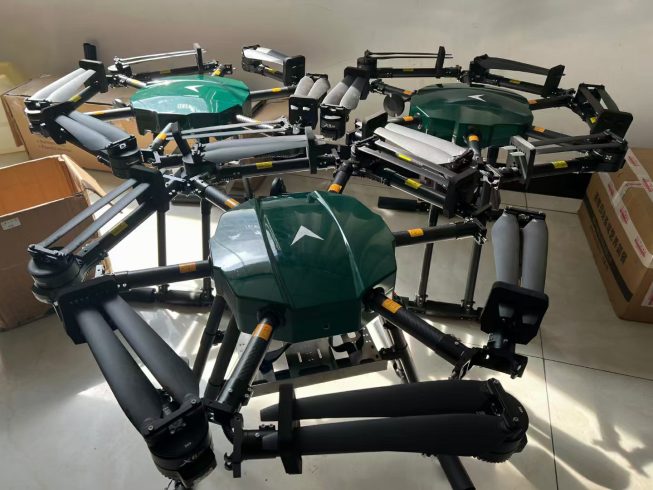
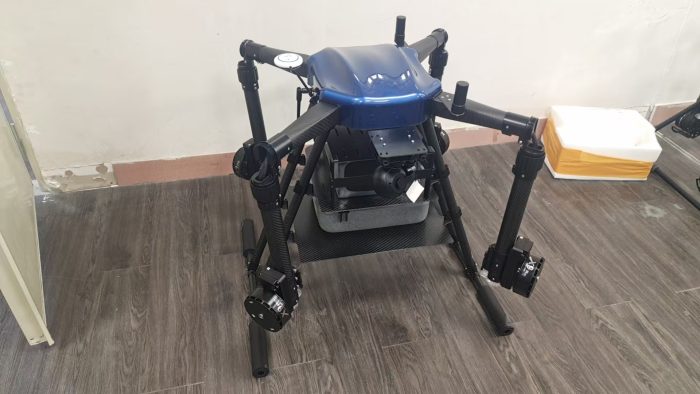

暂无评论内容